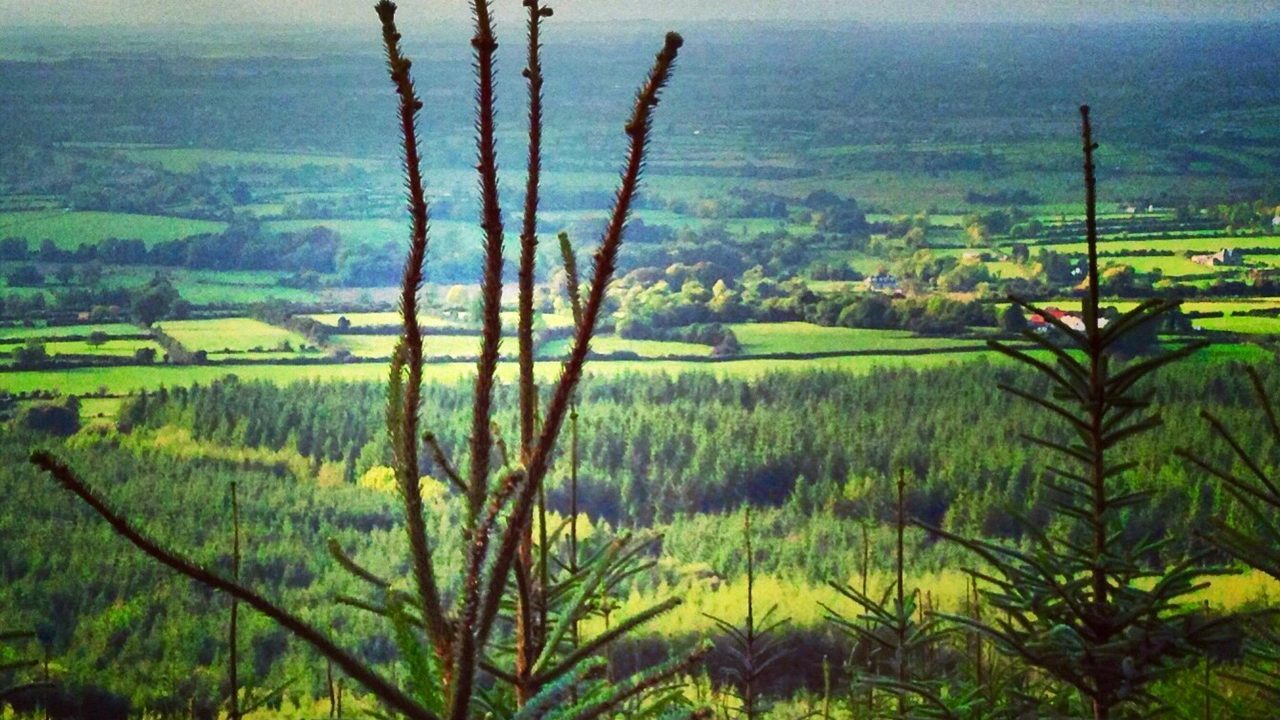Earlier today, it was announced that the main findings of Ireland’s third National Forestry Inventory (NFI) had been published.
Data collection for the third NFI began in 2015 and was completed in 2017, according to the Department of Agriculture, Food and the Marine.
The purpose of the NFI is to record and assess the extent and nature of Ireland’s forests – both public and private – in a timely, accurate and reproducible manner, it added.
1. Continued expansion
The latest NFI indicated that the national forest estate has continued to expand and has now reached 11% of the total land area, with “a wide variety of forest types present”.
The total forest area has increased from 697,842ha in 2006 to 770,020ha in 2017. The increase in area is a result of afforestation and the inclusion of pre-existing forests for the first time during the third NFI cycle, the department explained.
2. Ownership
Just over half (50.8%) of forests were in public ownership and 378,663ha (49.2%) were in private ownership, the NFI found.
The share of private forests in the national forest estate has increased by over 6% since 2006, it added.
3. Forest cover
Leitrim was identified as the county with the highest percentage of forest cover – standing at 18.9%. Counties Wicklow and Clare were next in line with 17.9% and 17.2% respectively.
Meanwhile, Co. Cork had the largest forest area with 90,020ha; there is then a gap of approximately 30,000ha to Co. Galway – the county with the second largest forest area.
4. Species composition
Stocked forest area – excluding forest open area and temporarily unstocked areas – accounted for 673,112ha in the most recent NFI.
Broadleaved species made up the remaining 28.7%. The share of broadleaf species in the national forest estate increased by 3% between 2013 and 2017, the NFI added.
5. Age
In general, the forest estate was deemed to be young – with nearly half (44.9%) of the stocked forest estate said to be less than 20 years of age.
6. Total growing stock volume
It was estimated that the total growing stock volume of Irish forests was over 116 million cubic metres in 2017, an increase of over 19 million cubic metres on 2012.
Gross mean annual volume increment between 2013 and 2017 was 8.4 million cubic metres per year, while the mean annual standing volume felled within this period was 4.9 million cubic metres per year.
7. Forests thinned and clear-felled
Since 2013, 36,447ha of forest were thinned for the first time, according to the NFI.
This was deemed a “positive trend” for wood mobilisation.
8. An expanding sink for carbon
The national forest estate is an important and expanding sink for carbon, at 312 million tonnes, the latest inventory outlined.
Based on the NFI data, Ireland’s forests have reportedly removed an average of 3.8 megatonnes (Mt) of carbon dioxide equivalents per year from the atmosphere over the period 2007 to 2016.
9. Biodiversity
There is an important biodiversity resource within Irish forests, with many non-tree plant species and lichens frequent across the forest estate, according to the NFI.
Furthermore, over 10.4 million cubic metres of deadwood were present in Irish forests.
10. Health status
Overall, it is claimed that the national forest estate appears healthy.
While nearly half (44.1%) of stocked forest areas displayed signs of forest damage present, the severity of the damage was low, the NFI concluded.
